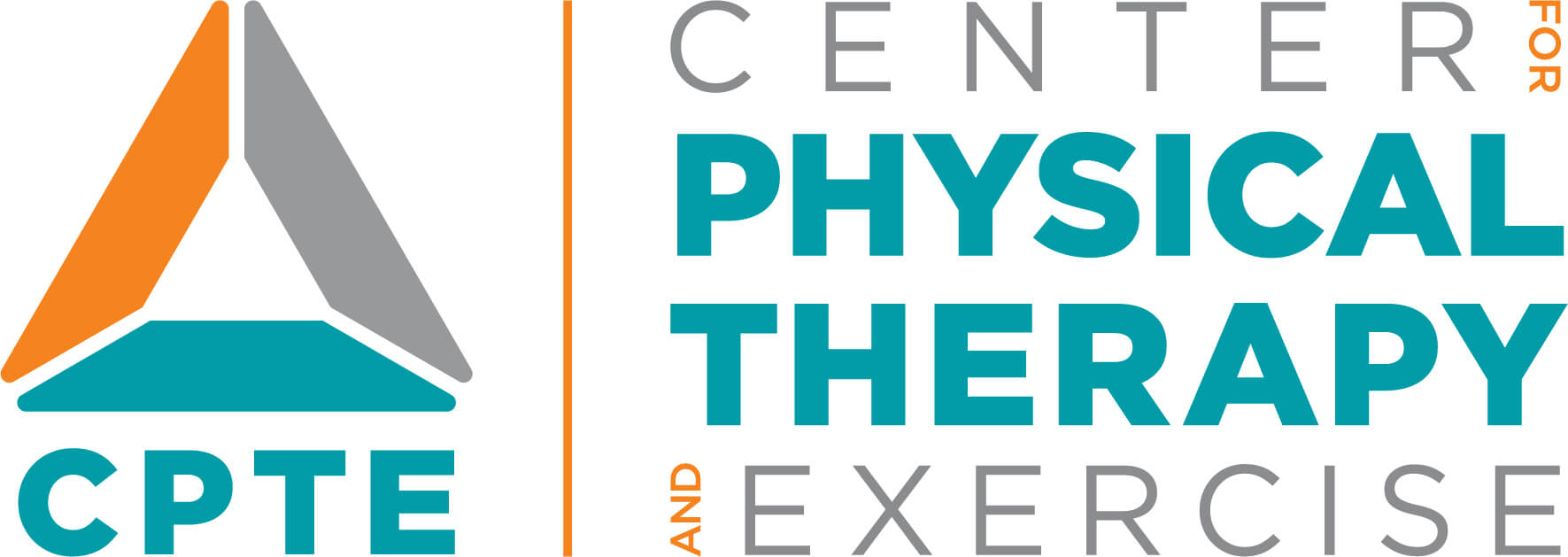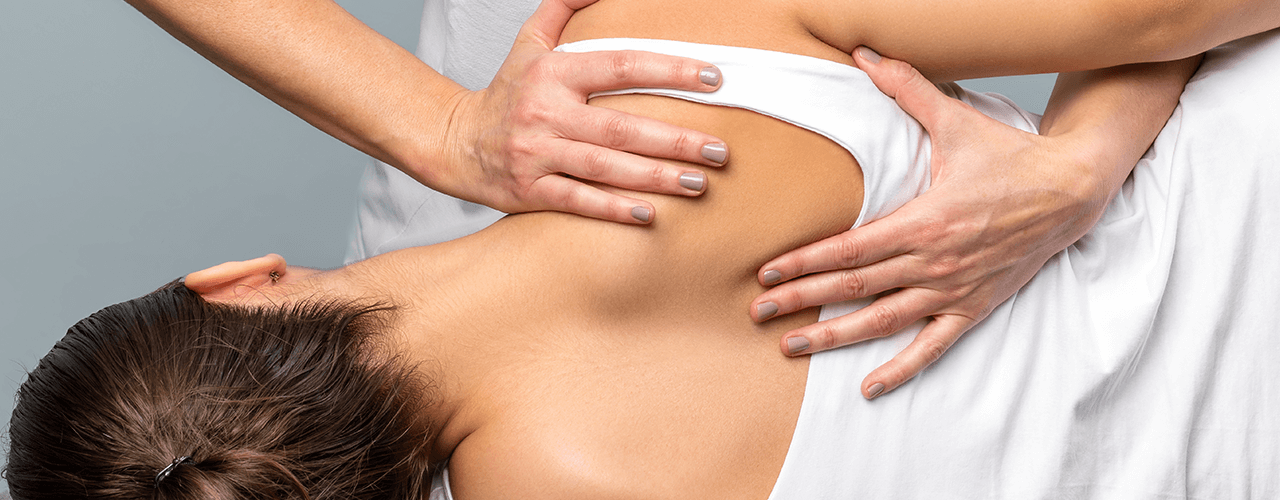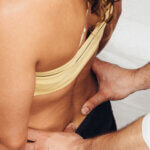Are you struggling with a recent injury that seems slow to heal — or an old injury that never healed properly? Do you feel as if some part of your body is “stuck” or otherwise unable to function as it should? Do you suffer from chronic pain and other uncomfortable musculoskeletal or neuromuscular issues? If you answered “yes” to any of these questions, then you may discover the answers to your distress in a form of care known as manual therapy. Manual therapy makes a natural complement to rehabilitative exercises and other physical therapy techniques, so contact Center for Physical therapy and Exercise physical therapist today to find out how it might enhance your health and quality of life!
What Is Manual Therapy?
Manual therapy is a skilled, hands-on physical therapy technique and is the foundation of injury care and treatment. Human touch has natural healing benefits and is essential to our treatment philosophy. Our expert physical therapists use skilled and sophisticated manual therapy techniques to diagnose and treat joint and soft tissue structures. Manual therapy treatments may include joint mobilization – moving the joints in specific directions to regain movement, muscle stretching, passive movements and movements designed to improve muscle activation. Specific soft tissue techniques are also used to decrease pain and inflammation and to improve the mobility and functioning of tissues, nerves, and muscles. Most patients enjoy a faster recovery and improved sense of well-being when manual therapy is used in conjunction with exercise, education, and other therapeutic modalities.
Physical therapists select, prescribe, and implement manual therapy techniques when the examination findings, diagnosis, and prognosis indicate use of these techniques to decrease edema, pain, spasm, or swelling; enhance health, wellness, and fitness; enhance or maintain physical performance; increase the ability to move; or prevent or remediate impairments in body functions and structures, activity limitations, or participation restrictions to improve physical function.
Since there are many different types of manual therapy, following your evaluation, our physical therapists are able to determine which techniques best fits your needs. Manual therapy techniques commonly recommended by our physical therapist include:
Soft tissue mobilization – That painful “stuck” feeling you’re experiencing may be due to internal scar tissue accumulations called adhesions. Adhesions sometimes form over injured tissues, limiting their motion and causing chronic pain. Muscles and connective tissue can also suffer from chronic tension and spasms, often referring pain to other parts of the body as trigger points. Our physical therapist can help you combat these issues through soft tissue mobilization techniques. Soft tissue techniques help to increase circulation, flexibility and mobility of muscle fibers and decrease pain, swelling, and spasm.
Muscle Energy Techniques – (MET) is an active technique used to reposition a dysfunctional joint and treat the surrounding muscles. It can be used to lengthen a shortened or spastic muscle or mobilize a joint that is stiff our restricted. The patient is guided through performing a specific muscle contraction against a resistive barrier, the physical therapist’s manual contact with the joint. Your physical therapist continues with this process until your muscle stretches further each time and range of motion improves.
Myofascial Release – (MFR) Gentle sustained pressure is applied to areas of tight or inflamed muscle or other connective tissues, such as tendons or ligaments, to facilitate a relaxation and “release” of the involved “fascia” tissue. It is designed to restore mechanical movement and increase range of motion by releasing tension within fascia. Fascia are sheets of fibrous tissue that surround and support muscles by separating them into layers. Following some kind of trauma or injury fascia and muscles may shorten and restrict movement and blood flow. Depending on where your restrictions are located, your physical therapist will apply different directions of pressure to break down muscle adhesions.
Manual Traction –A manual technique that your physical therapist may use to help treat joint pain. Traction can help separate the bones, discs, and joints in joints of the spine and extremities. This can take the pressure off of nerves and can help relax and gently stretch your muscles.
Graston Technique (Instrument Assisted Soft Tissue Manual Therapy) – The Graston technique uses a set of stainless steel instruments to help soft tissue injuries to the connective tissues, muscles, neurological tissues and skin. It is effective for soft tissue injuries like repetitive stress injury, strains, sprains and subluxations. This soft tissue mobilization technique treats a wide number of conditions, including quadricep pain, rotator cuff pain, carpal tunnel syndrome, lower back pain, plantar fasciitis, tennis elbow and even headaches. This technique has proven results for patients.
Strain/Counterstrain –A physical therapist utilizing strain/counterstrain techniques will look for specific “tender points” in the body that indicates which fascial structure is involved. The technique is mainly used to reduce chronic and acute muscle spasms anywhere in the body. Once your physical therapist locates the fascial structure involved in the spasm, they position your body for a certain amount of time (i.e. 90 seconds to 5 minutes) so the muscle is shortened and relaxed. By subduing the spasm, major muscle groups are able to return to pain-free functions.
Joint Mobilization – Physical therapists will use these manual mobilization techniques when joint structures are somehow limiting the normal motion (i.e sliding, pivoting, etc.) of your joints. Using small and specific movements, a physical therapist manually moves a target synovial joint through natural levels of resistance. These motions stretch and strengthen the tissue surrounding the joint bone—normalizing joint motion, promoting proper alignment, reducing spasms, and controlling pain. Getting these structures moving can help build up their strength and support, increase comfortable range of motion, and boost the flow of blood and healing nutrients to painful or damaged joints.
Joint Manipulation – This is a type of passive movement of a skeletal joint. It is usually aimed at one or more ‘target’ synovial joints with the aim of achieving a therapeutic effect. A manual therapy technique comprising a continuum of skilled passive movements to the joints and/or related soft tissue that are applied at varying speeds and amplitudes, including a small-amplitude/ high- velocity therapeutic movement. Manipulation of ailing or injured joints can correct small but significant alignment errors between different joint structures. These corrections can help joints move more normally, with less pain, while also improving your overall posture and weight distribution.
Thrust Techniques, High Velocity/Low Amplitude (HVLA) – This form of manual therapy applies a quick, shallow, and repetitive pressure to a particular joint. Your physical therapist manually finds joints that are not moving symmetrically or incorrectly. They then engage the barrier of motion in the joint with distinct rapid movements to restore natural motion. Therefore, the process allows for that particular joint to open and close properly and improve mobility and stability in the affected joint.
Who Can Benefit from Manual Therapy?
Manual therapy can help people suffering from a wide range of conditions and issues. You may be an ideal candidate for a course of manual therapy if you need help with:
- Acute or Chronic Neck Pain: disc pathology, muscle spasm, rib hypomobility, post-surgical neck pain
- Acute or Chronic Low Back Pain: disc pathology, facet joint impingement/hypomobility, spinal stenosis, post-surgical back pain
- Acute or Chronic Thoracic spine/Mid-back Pain
- Headaches: tension headaches, migraines
- TMJ Dysfunction
- Hip Pain: hip impingement, myofascial hip pain in the buttocks or lateral hip, hip bursitis, post-surgical hip replacements
- Knee Pain: patellofemoral dysfunction, IT band tendonitis, post-surgical knees including total knee replacements
- Ankle Pain: ankle sprains, chronic ankle pain, ankle arthritis, post-surgical ankle pain
- Shoulder Pain: impingement syndrome, scapular dyskinesia, frozen shoulder/adhesive capsulitis, post-surgical shoulder
- Fibromyalgia and other Chronic Soft Tissue Pain Syndromes
How Manual Therapy and Physical Therapy Work Together?
The exact combination of therapies will depend on your individual needs. You may also be given a series of home techniques and exercises to do on your own to continue your recovery at home.
Why might our physical therapist prescribe both physical therapy exercises and manual therapy for your condition? As powerful as each of these disciplines is in improving function and easing discomfort, they appear to offer special benefits when used in combination. For instance, a study of ankle sprain sufferers found that the ones who received a combination of manual therapy and physical therapy exercises had fewer functional problems and discomfort (both at 4 weeks and at 6 months) than those who only performed the physical therapy exercises.
Our physical therapist will perform a careful examination to see whether your particular health challenge will likely respond to certain kinds of manual therapy. If you’re showing signs of swelling, muscle spasms, chronic/acute pain, or restricted mobility, we will probably recommend at least one manual therapy technique to go along with your physical therapy exercises and other treatments. Our goal is always to help you move better, feel better, and maintain a higher overall standard of health and wellness.
Could your physical condition use a helping hand? Look no further than manual therapy at our physical therapy center. Call the Center for Physical Therapy and Exercise now at Hudson, Manchester, Merrimack, Concord and Nashua to book an appointment.






